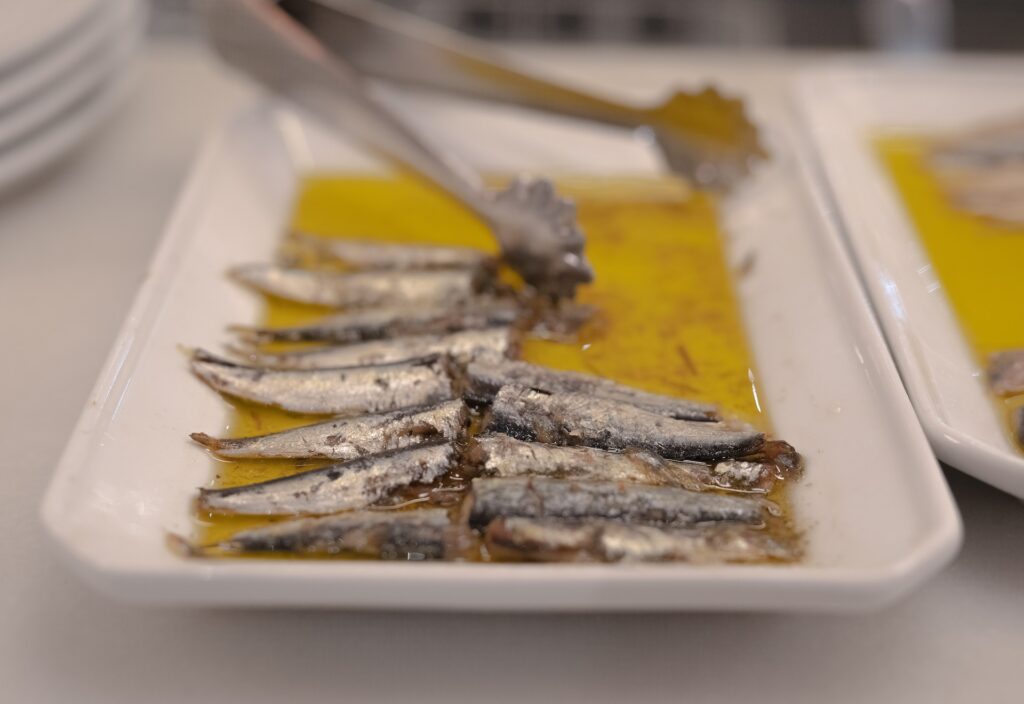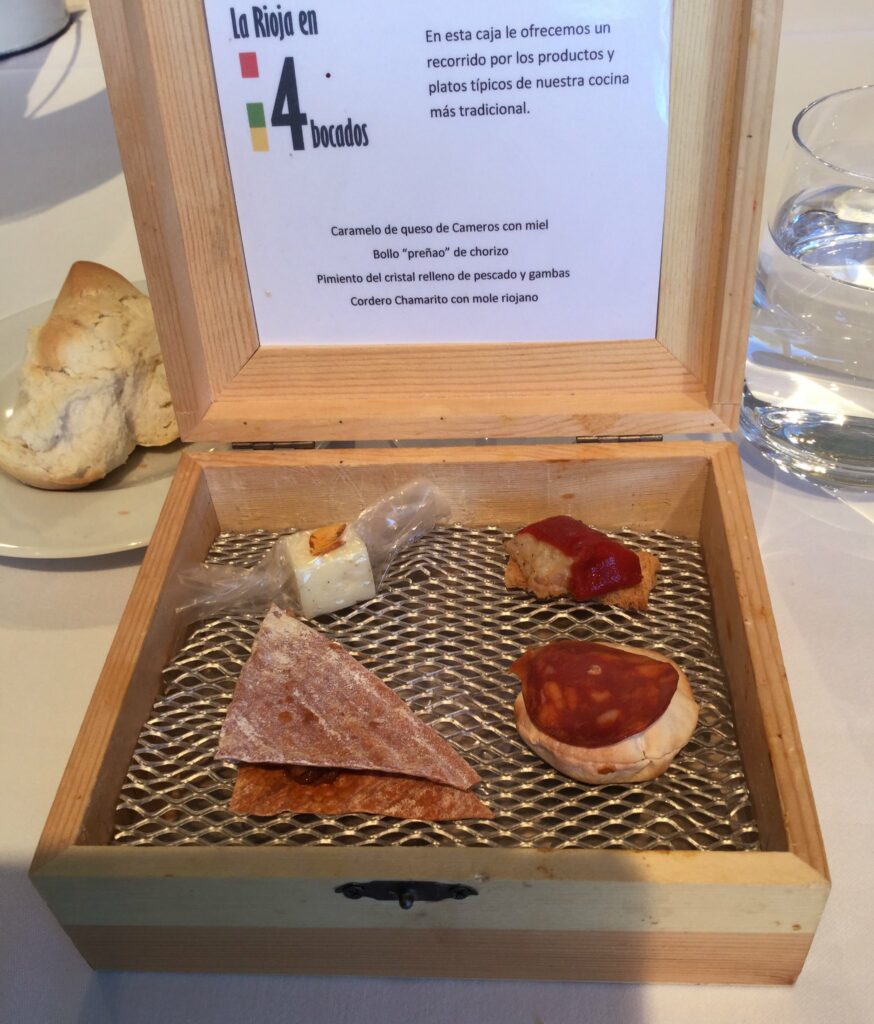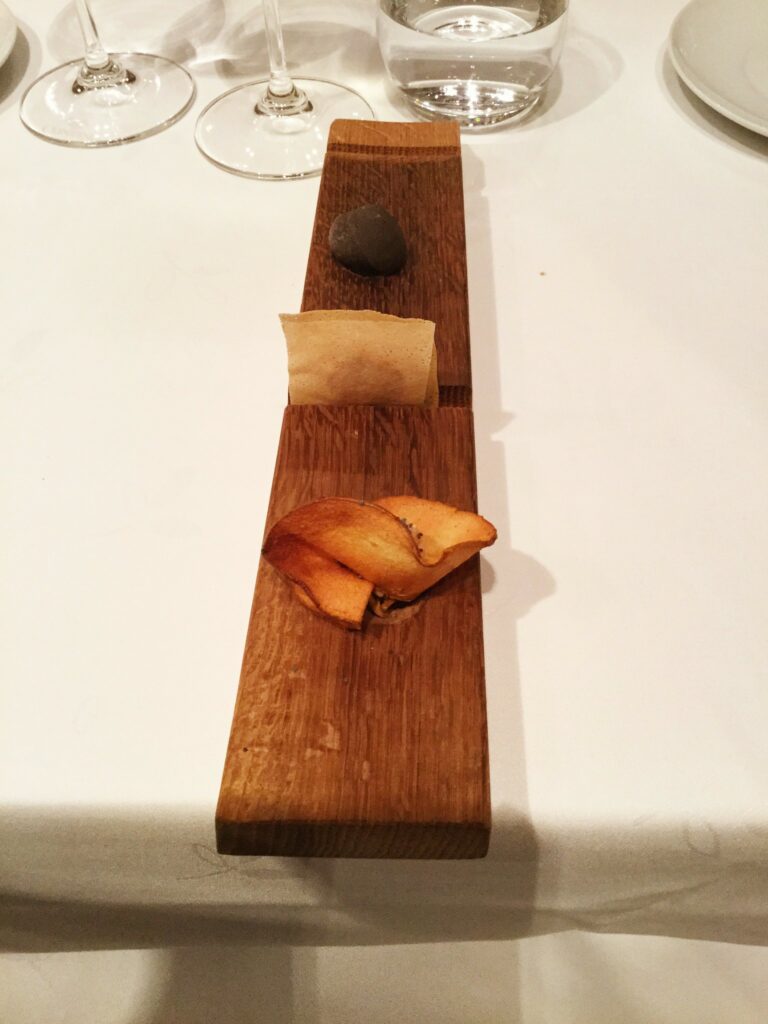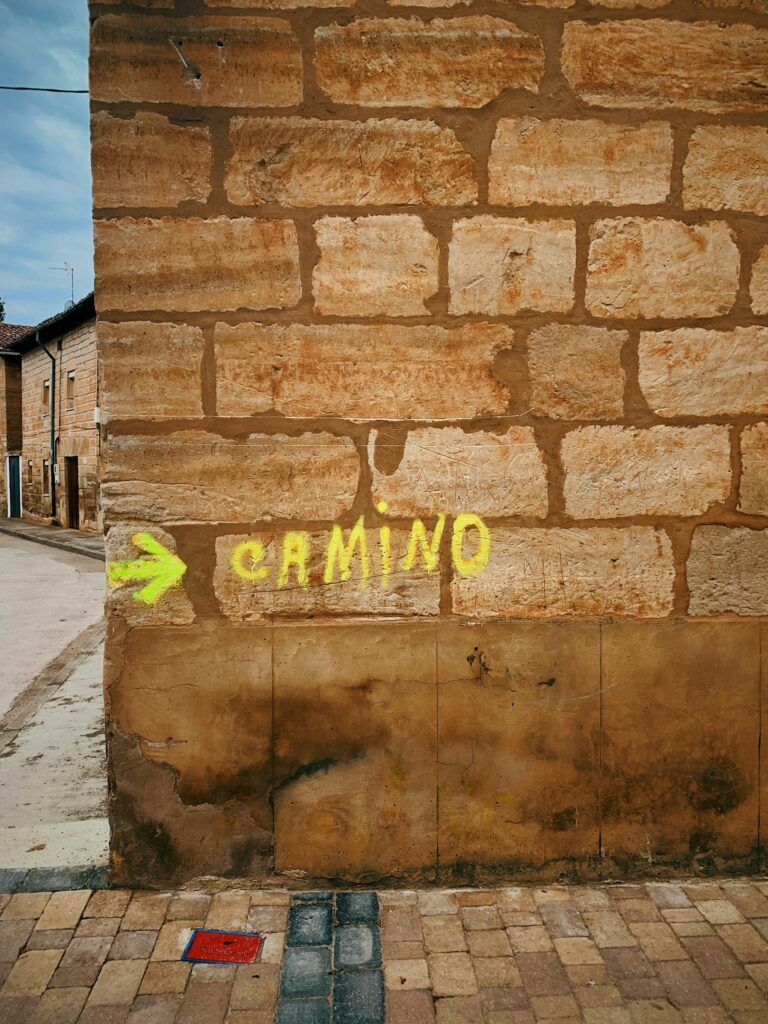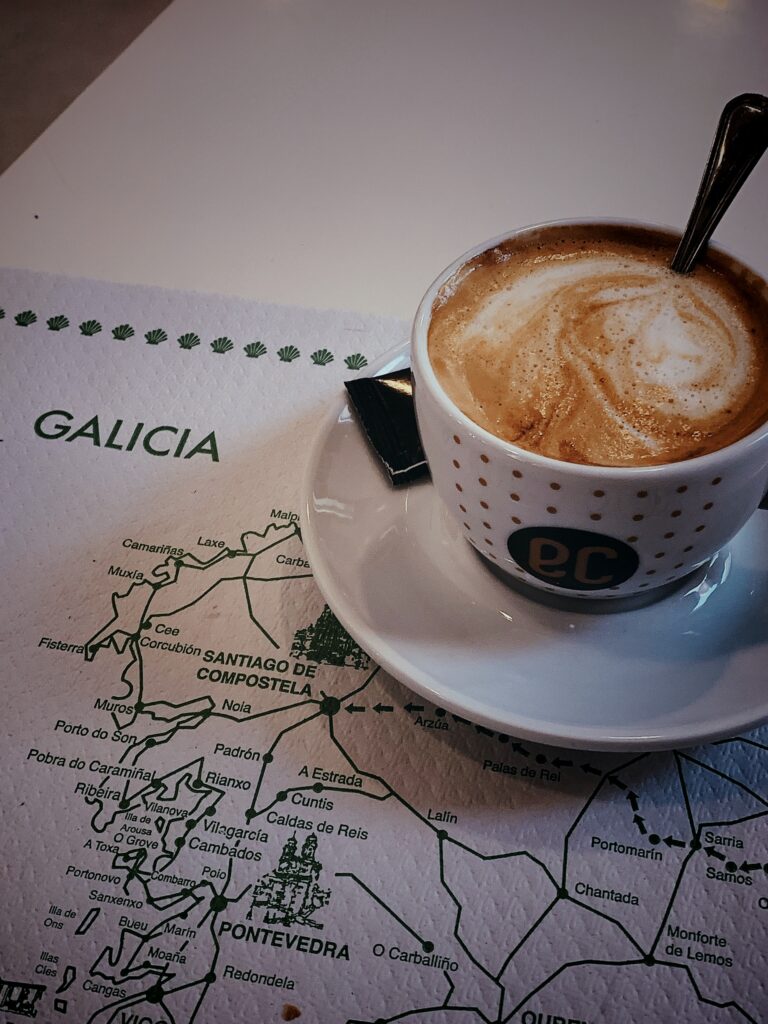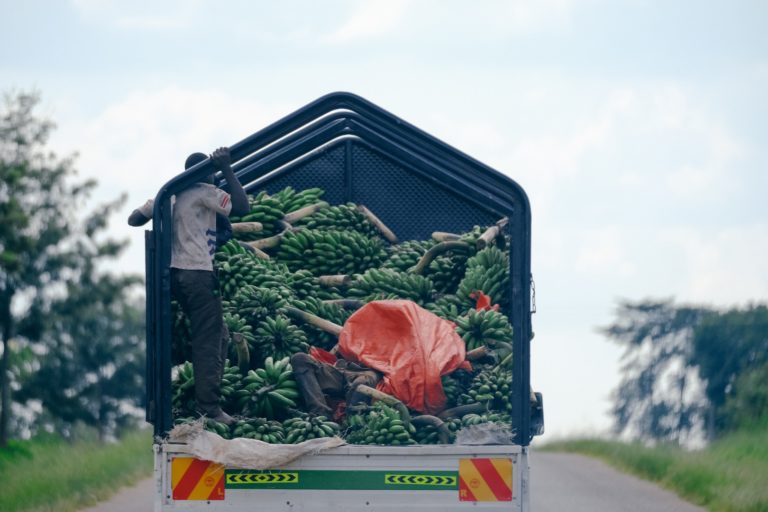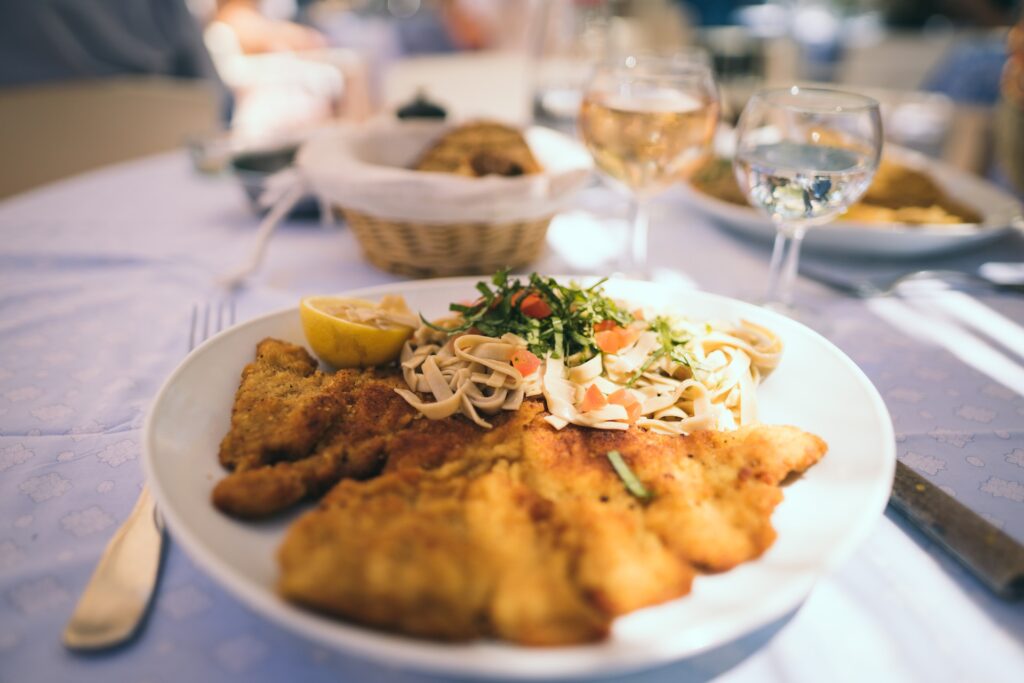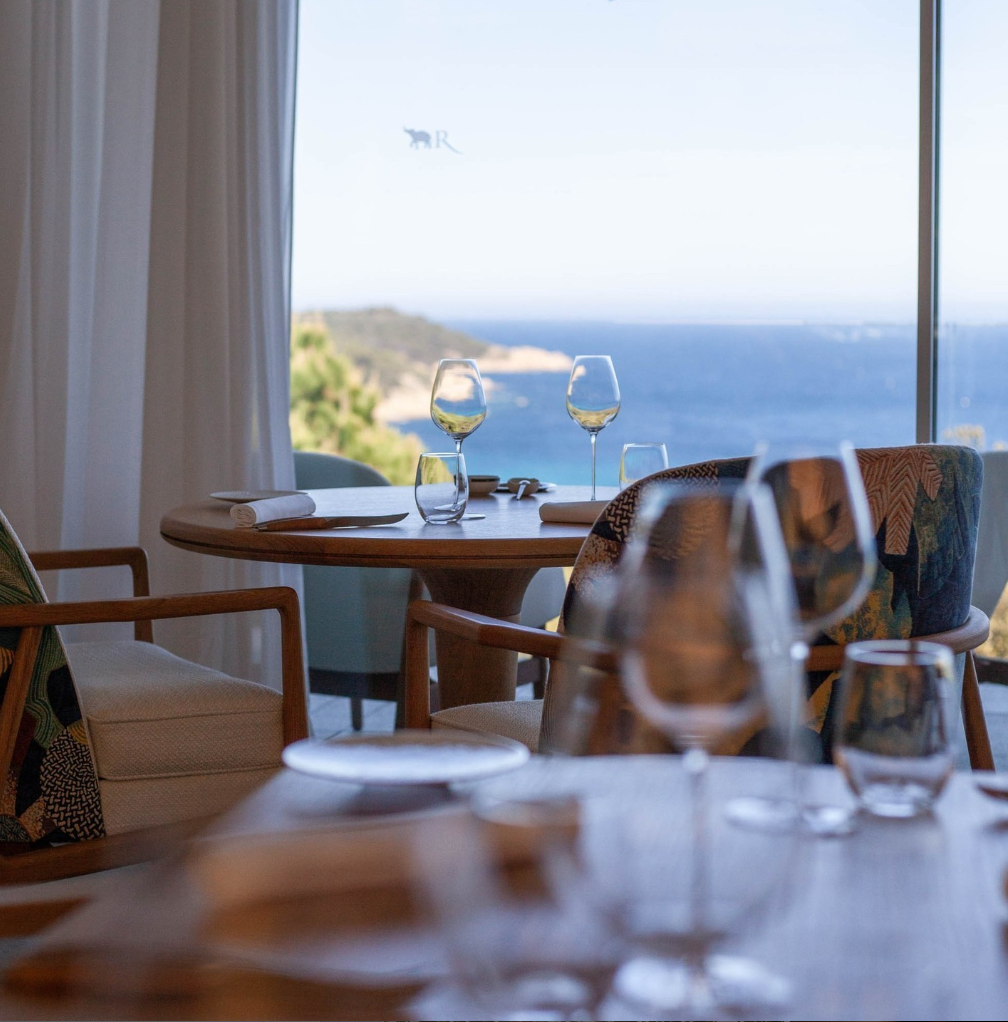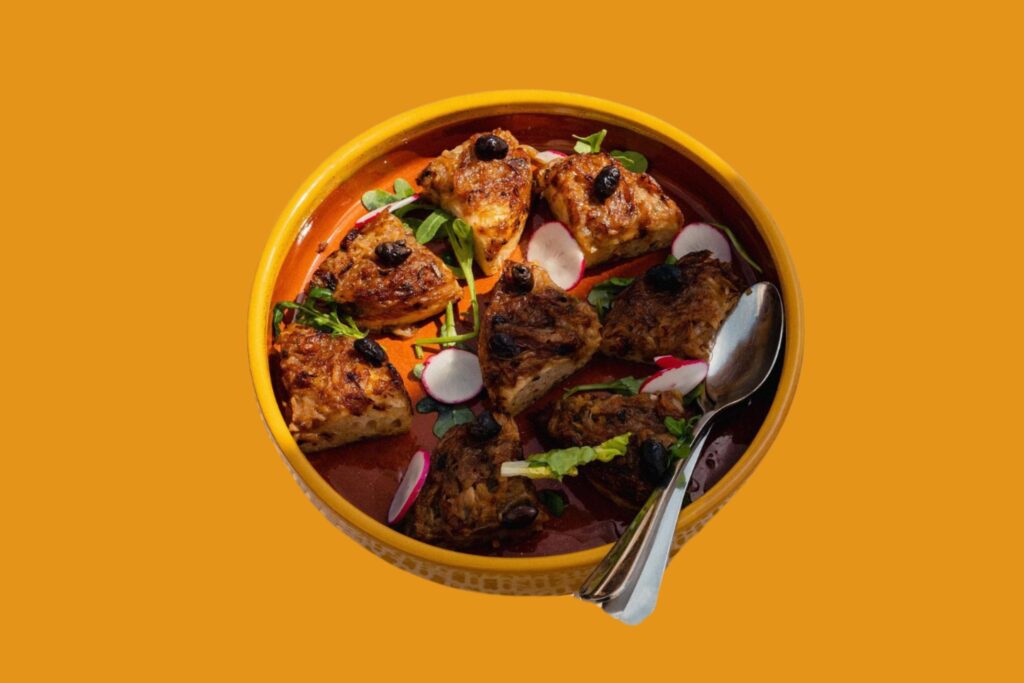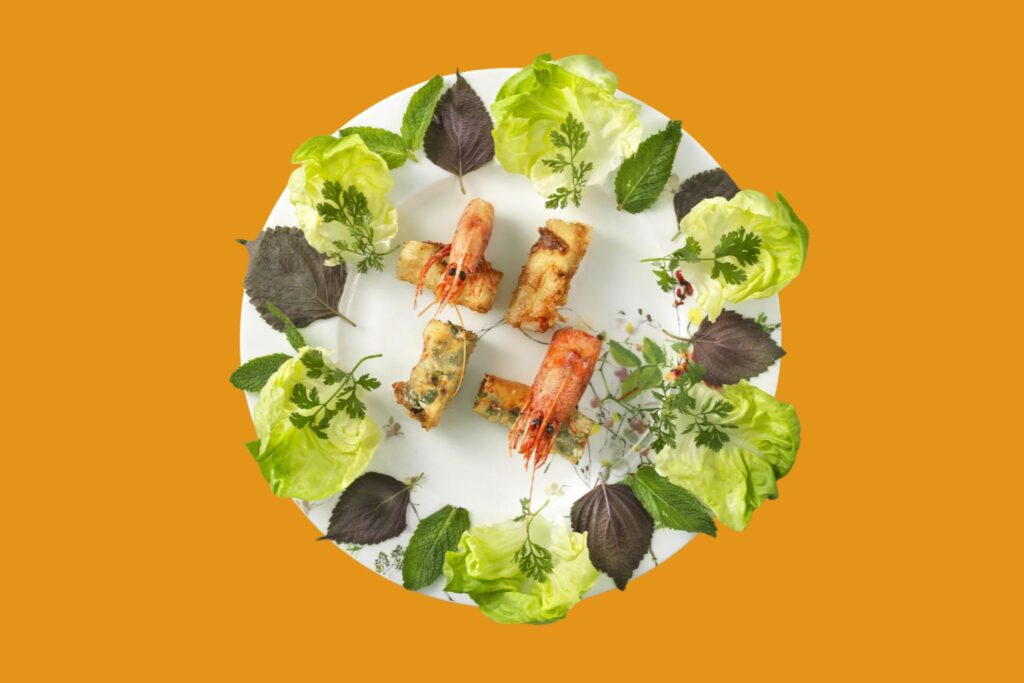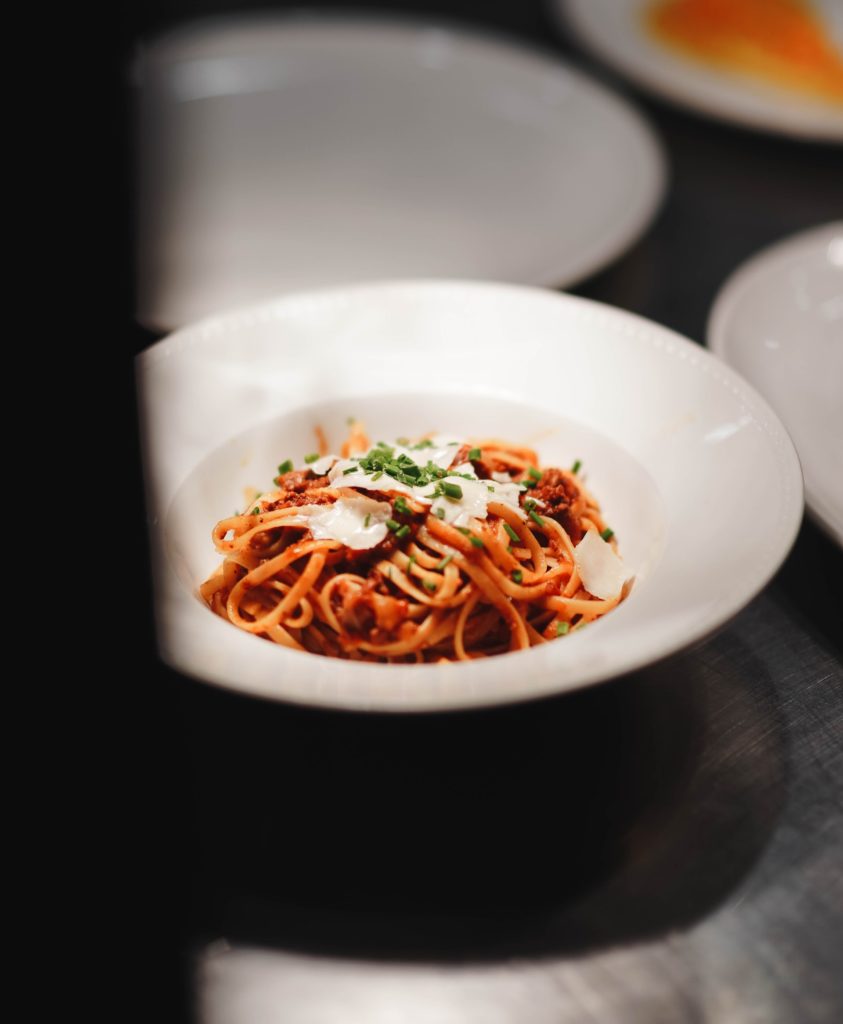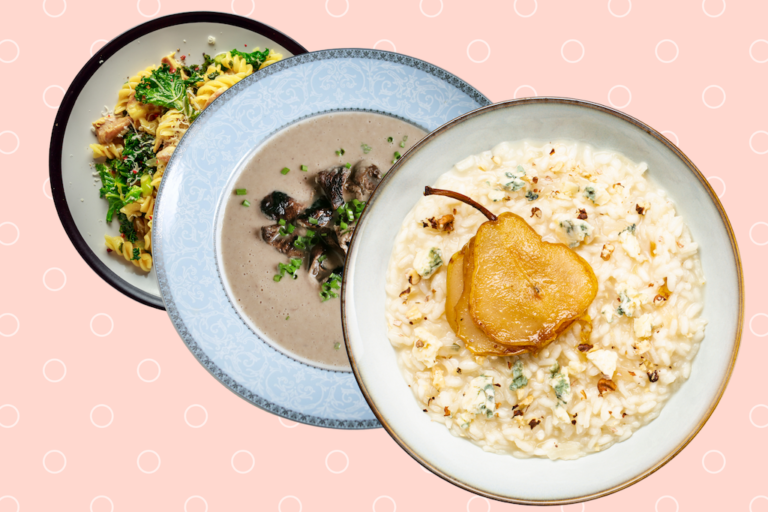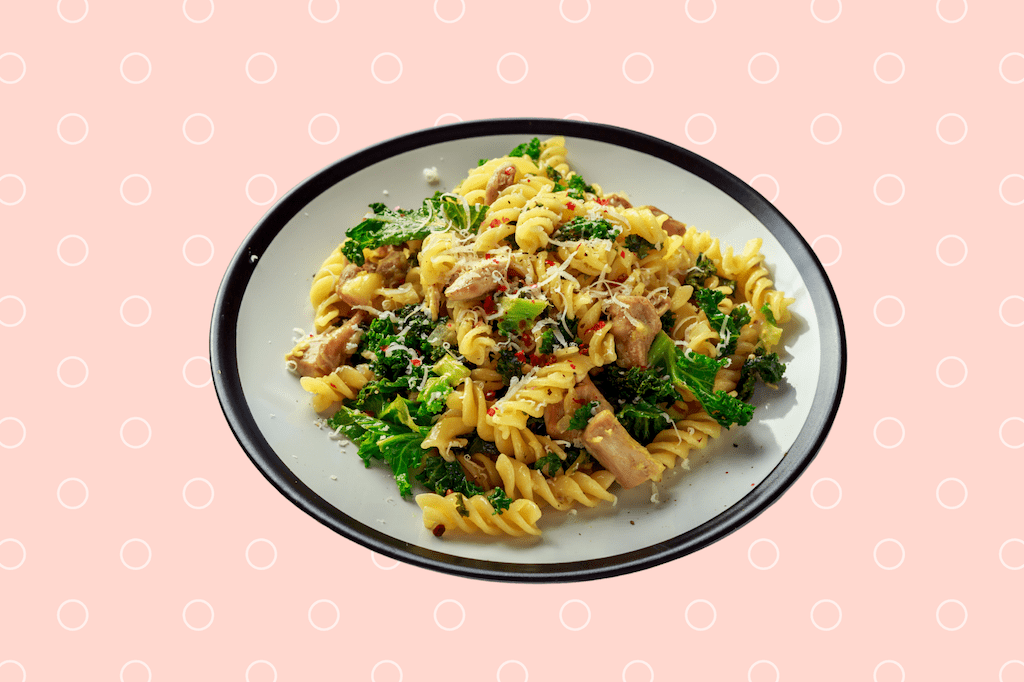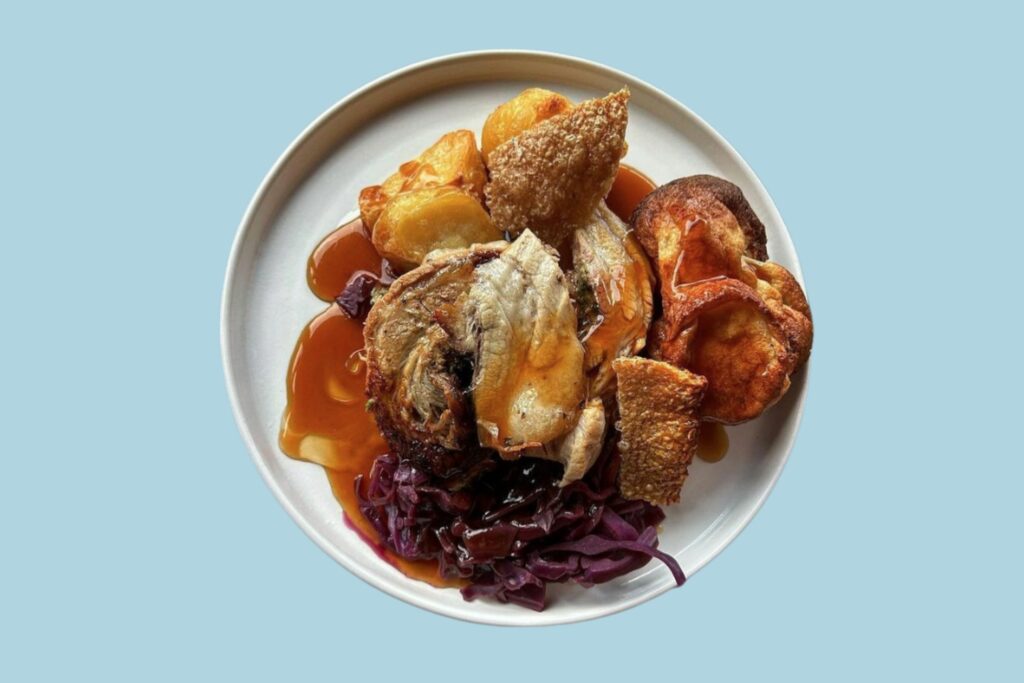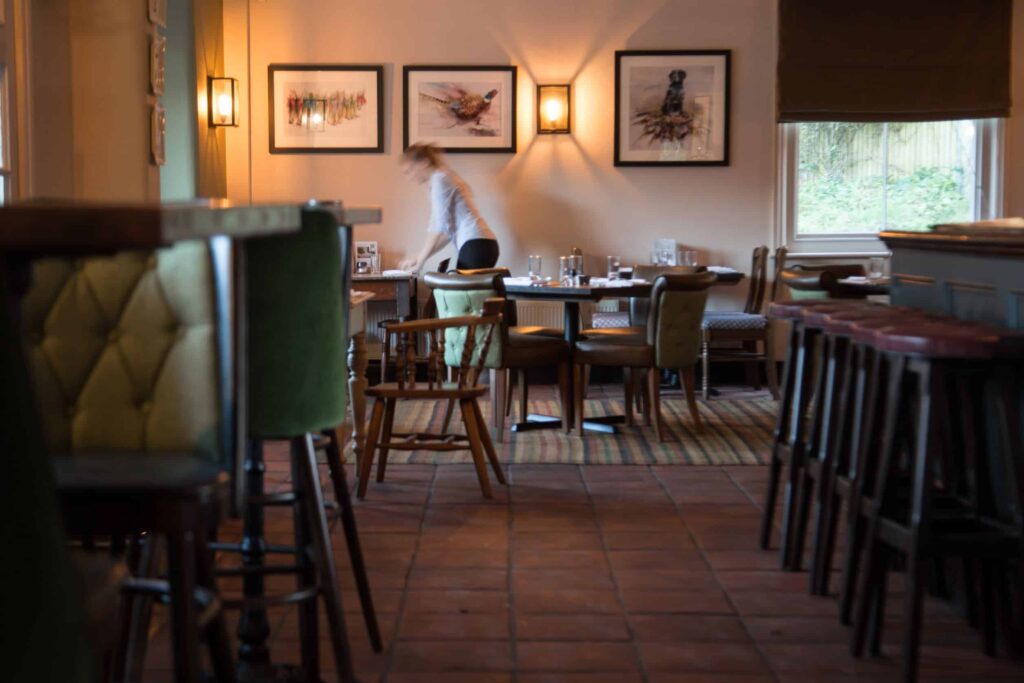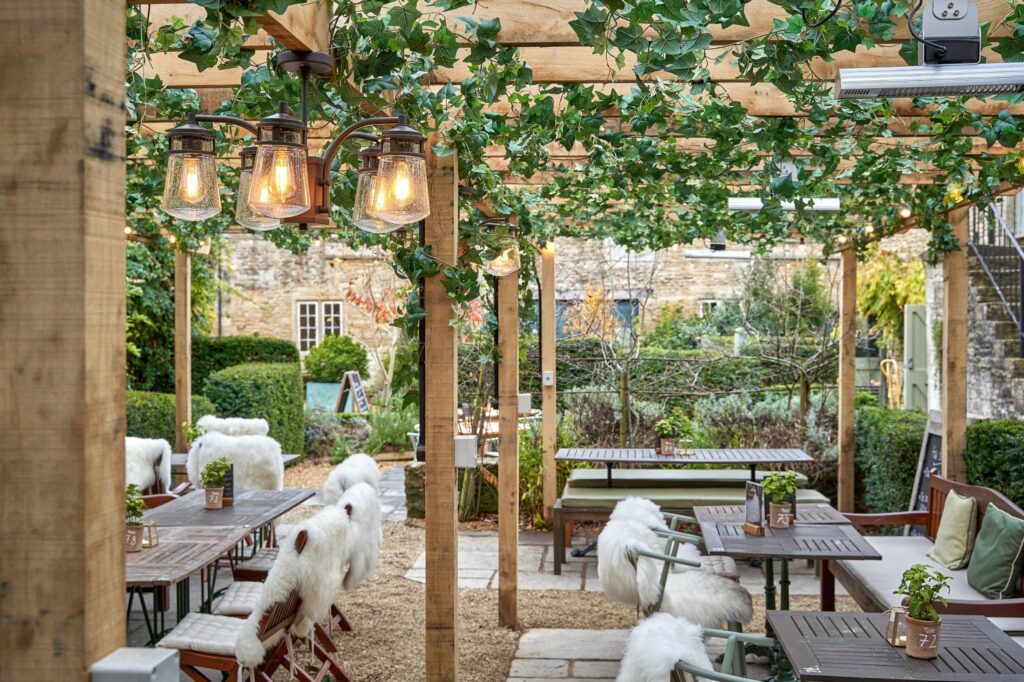As the clock strikes midnight and we bid farewell to 2023, let’s turn our attention to something truly enchanting for the year ahead. Imagine a night under the stars luxuriating in the Great British countryside, nestled among the rustling leaves (or, you know, your duvet), with nothing but the gentle sway of branches to lull you to sleep.
No, this isn’t a scene from a fairytale book. Neither have you fallen on hard times and have moved to the forest to write a seminal 2007 alt-folk album. Rather, it’s a snippet from the life that awaits you in one of the UK’s most magical treehouse stays for 2024.
Whimsical Treehouse, Oxford
Step into a page of Narnia as you enter the Whimsical Treehouse in Headington, perfect for literature buffs and those yearning for a sprinkle of magic. With room for six, it’s an ideal retreat for families or a quirky twist on traditional hen or stag dos.
Just a stone’s throw from Oxford centre and the Bodleian Library where a treasured collection of CS Lewis manuscripts are held, you’ll find yourself torn between exploring the spires of the city and lounging in your literary lair.
Complete with a jacuzzi (admittedly not a major feature of the Chronicles of Narnia), the treehouse boasts decor that hints at the fantastical world created by the author, including bespoke wooden furniture, a cosy living area, and a balcony overlooking the gardens where Lewis perhaps once wandered. It’s a place where fantasy and reality merge, offering a tranquil escape with the convenience of being close to the historic city of Oxford.
Dazzle Treehouse, Dorset
Nestled in the heart of a whispering woodland, the Dazzle Treehouse in Dorset emerges as a marvel of arboreal accommodation, offering a holiday experience that is as unique as it is luxurious. This extraordinary treehouse, with its ingenious camouflage design, takes inspiration from the dazzle camouflage of WW1 ships, intended to bewilder the enemy. Today, it serves a more peaceful purpose: providing the ultimate secluded retreat for those looking to escape the hustle and bustle of everyday life.
Upon arrival, guests are greeted by the sight of a gangplank walkway leading to a treehouse that seems to float amongst the trees. The nautical theme is tastefully woven throughout the structure, with rooftop funnels and yacht deck flooring. The central glass spine of the treehouse is a design masterpiece, drawing the eye outward to a deck shaped like a ship’s prow, cradled by the branches of a slender alder tree.
The Dazzle Treehouse is not just about its striking exterior. Inside, it boasts a king-size bed that promises restful slumber high above the forest floor. The warmth of a wood-burning stove bridges the sitting room and bedroom, creating a cosy atmosphere on cooler evenings. The ensuite shower room, complete with a proper flushing loo, adds a touch of modern convenience to the rustic charm.
The fully equipped kitchen, which opens onto the rear deck, invites guests to indulge in culinary adventures. Here, one can find a wood-fired pizza oven, barbecue, and a hot tub, all set against the backdrop of an oak canopy. The cargo net daybed, suspended above a babbling stream, offers a unique spot for relaxation or a peaceful afternoon nap.
The Dazzle Treehouse is not just a stay; it’s a testament to sustainable craftsmanship. The collaboration between Guy Mallinson and Keith Brownlie of BEaM has resulted in a structure built entirely by Guy and his team of skilled wood craftsmen in 2020. This commitment to eco-friendly practices and local craftsmanship is evident in every detail of the treehouse.
Tree Tent, Somerset
For the adventurous souls, the Tree Tent in Somerset offers a unique spherical sanctuary suspended amidst the canopy. This green orb is a marvel of space efficiency, complete with an outdoor kitchen and bathroom. It’s not for the faint-hearted or those who quiver at the sight of an eight-legged roommate, but for the brave, it promises an unforgettable experience.
An eco-friendly marvel designed to have minimal impact on its surroundings while providing a unique treetop adventure, the spherical structure is made from sustainable materials and is accessed via a rope bridge. Inside, you’ll find cleverly designed furniture that transforms the space to suit your needs. It’s a back-to-nature experience that doesn’t skimp on the thrill, making it perfect for those looking to connect with the outdoors in a novel way.
Toad Hall Treehouse, Norfolk
Nestled within the Happy Valley Wildlife Trust, Toad Hall is a luxury treehouse that caters to both the young and the young at heart. Kids can frolic in the play area while adults unwind in the private hot tub with views of the Norfolk countryside. With underfloor heating and a fully equipped kitchen, it’s a slice of heaven where nature meets comfort.
It’s a spacious abode with a king-size bed, bunk beds for the little ones, and a plush sofa bed. The interior is adorned with natural wood finishes and large windows that invite the outside in. The wraparound deck with a hot tub is the cherry on top, offering panoramic views of the surrounding woodland and wildlife.
Nymetwood Treehouses, Devon
Hidden down a narrow lane lies a peaceful plot home to scandi-style treehouses crafted from local wood. These magical cocoons offer mezzanine beds beneath star-gazing windows and interiors so cosy you might just forget about the lush meadows and orchards outside.
The Nymetwood Treehouses are a cluster of Scandinavian-inspired havens. Each treehouse is a testament to minimalist design, with clean lines and a focus on the natural beauty of the wood. They are equipped with modern amenities like a kitchenette and a wood burner for those cooler evenings. The private decks are perfect for yoga at sunrise or stargazing at night, making them a sanctuary for relaxation and rejuvenation.
The Poppy Treehouse, Hampshire
Perched on stilts and surrounded by trees, The Poppy Treehouse is a rustic yet comfy escape. With terraces offering leafy views and adult luxuries like a bottle of sparkling wine from the neighbouring vineyard, it’s a grown-up take on childhood dreams.
Inside, you’ll find a handcrafted haven with a double bed and a pull-out futon, suitable for small families or couples. The interior is warm and inviting, with a wood burner to keep guests cosy. Outside, there’s a fire pit for toasting marshmallows and a hammock for afternoon naps. Best of all, there’s an outdoor tub!
Scrap that; best of all, the nearby Black Chalk vineyard offers wine tasting experiences, adding a touch of indulgence to your stay.
The Bower Treehouse, Somerset
This clandestine hideaway invites you to soak in an alfresco bathtub among the whispers of the woodland. The Bower Treehouse is a secret sanctuary where you can immerse yourself in nature without sacrificing any creature comforts.
Secluded and romantic, itt boasts a luxurious king-size bed, a wood burner, and a kitchenette with all the essentials. The outdoor bathtub is a highlight, allowing guests to bathe under the stars. The treehouse is designed with privacy in mind, making it an ideal spot for a honeymoon or a special anniversary.
Coppertree House, Downton
Forget any preconceived notions of a treehouse; Coppertree House is a tree-mansion. With all the trappings of modern luxury set against an ethereal backdrop, this stay offers the best of both worlds. Think gas BBQs, pizza ovens, and outdoor showers, all within reach of the New Forest’s splendour.
This grand structure can accommodate larger groups and is kitted out with high-end appliances and sumptuous furnishings. The expansive decking includes a dining area and lounge space, perfect for al fresco meals and evening entertainment. The proximity to the New Forest means that guests can easily explore the local trails and wildlife.
Wolf Wood Spa Treehouse, Devon
These super-luxe treehouses are the epitome of indulgence. Complete with dishwashers, wood-fired saunas, and open-air baths, they’re a sanctuary for those seeking solace in style on the edge of Dartmoor National Park.
At Wolf Wood Spa Treehouse, luxury meets the wilderness. These treehouses are designed for those who want to pamper themselves while surrounded by nature. The interiors are spacious with high-quality linens, state-of-the-art kitchens, and spa-like bathrooms. The private saunas and hot tubs add to the indulgent atmosphere, making it a top choice for a lavish retreat.
Gwdy Hw, Wales
In the Welsh mountains, Gwdy Hw offers a cluster of treehouses that blend seamlessly with the valley’s treeline. With no electricity, it’s the perfect spot for a digital detox, where lantern light and the warmth of a wood-burning stove replace the buzz of technology.
This Welsh gem offers a truly off-grid experience. The treehouses are handcrafted and blend into the natural environment. They are lit by candles and lanterns, creating a warm and intimate atmosphere. The wood-burning stoves provide heat and a means to cook simple meals. It’s a place to unwind, unplug, and enjoy the simplicity of life among the trees.
The Bottom Line
So there you have it – a curated list of the top 10 treehouse stays in the UK for 2024. Each of these treehouse stays offers something unique, whether it’s a touch of luxury, an eco-friendly escape, or a nostalgic trip down memory lane. They all promise an unforgettable experience that will leave you with memories to cherish for years to come.
Whether you’re after a touch of luxury or a rustic retreat, these elevated escapes promise an experience that’s simply too good to ‘leaf’ behind. Book now, and prepare to branch out into a new adventure that will have you pining for more.










